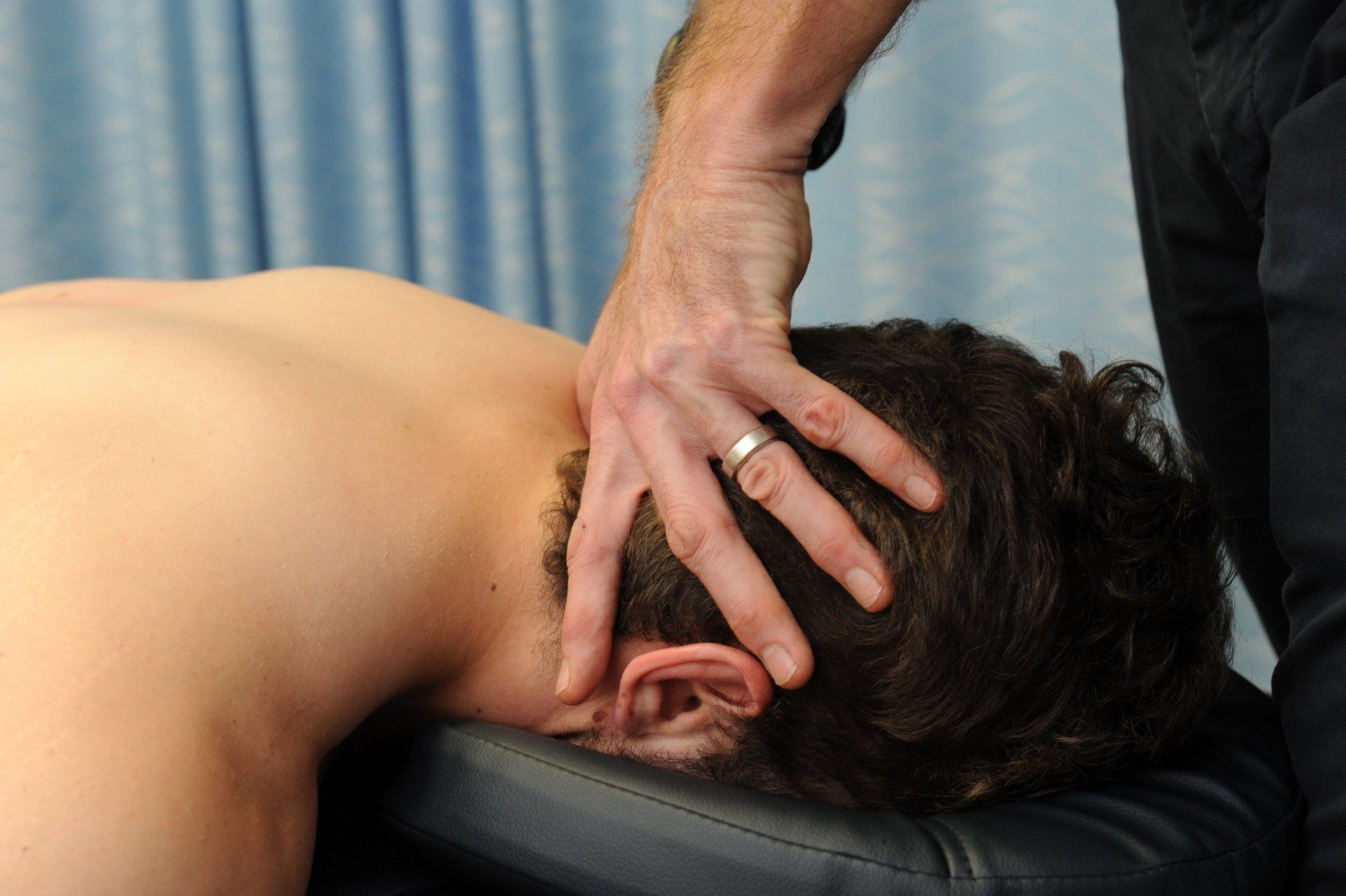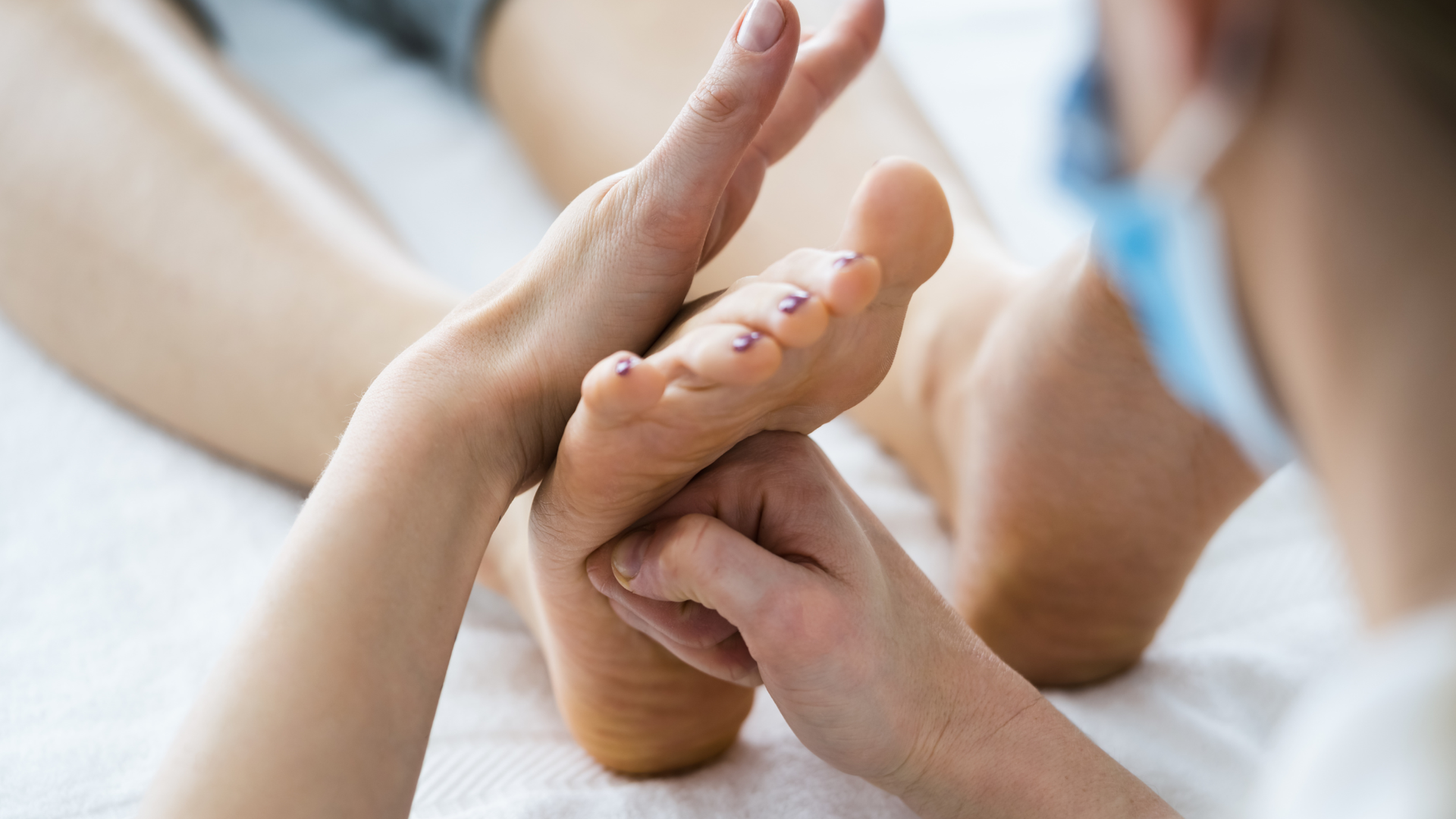Osteoporosis
Reducing your falls risk is a key part of managing osteoporosis

Osteoporosis is a common bone condition that is characterized by reduced bone mass resulting in thin, weak and fragile bones. Osteoporosis is associated with a higher risk of fractures resulting from low-velocity or low-trauma accidents, which in healthy populations would not usually occur (e.g. from a fall, a bump, or even from coughing). Click here to have a look at the anatomy behind osteoporosis.
Osteoporotic clients who suffer a hip or vertebral fracture from a fall have a shorter life expectancy. This happens because the fracture, combined with other underlying health conditions, often results in significant deconditioning, loss of independence and further health complications. So it is well worth treating and, where possible, preventing.
Who it affects
In Australia, Osteoporosis affects an estimated 924,000 people, representing about 3.8% of the population. This condition is more commonly seen in women than men and affects 1 in 4 women over the age of 75. It has an increased likelihood with age and is influenced by lifestyle factors including alcohol intake, diet, smoking status and physical activity levels.
How Osteoporosis is diagnosed
Osteoporosis is a silent condition, one that many people are not aware of until they have a fall resulting in a fractured wrist, hip, or vertebra. Most people who are at high risk of osteoporosis are not screened for it, and up to 60% of people are not aware of their falls risk. See more facts on osteoporosis here.
If you think you have Osteoporosis, visiting your local GP is a good place to start. Your GP will be able to order various tests that measure your Bone Mineral Density - literally how dense your bones are. The most commonly used scan is a dual-energy X-ray absorptiometry scan (DEXA Scan), which measures the bone density of your hips and vertebrae of your spine. Results from these tests are graded against the general population for comparison. A diagnosis of osteoporosis means you have lost bone mass and that the bones are essentially more porous. Click here to see what this looks like microscopically.
How Osteoporosis is treated
Management of osteoporosis needs to be multi-disciplinary and individualized to ensure that the client is central in their health care decisions. Your GP, a specialist, physiotherapist and dietician are central to helping you live with osteoporosis. Personal goal setting is essential and should include strategies to prevent ‘fragility’ fractures and improve lifestyle outcomes.
Pharmacological Interventions
There are a range of medications and injections available to improve bone mineral density. They reduce the speed of bone turnover and can assist or ‘kick-start’ bone formation. Bisphosphonates, raloxifene and Hormone Replacement Therapy are common forms of medications to reduce the rate of bone turnover, while anabolic medications stimulate bone formation.
Therapeutic Exercise
Exercise interventions help manage osteoporosis and fractures sustained from low trauma in two main ways. Firstly, increased physical activity that loads bones and joints stimulates bone formation to maintain and improve their density. Secondly, when implemented in a falls prevention program, exercise prescription reduces the risk of low-trauma accidents, such as a fall, thereby reducing the risk of fragility fractures.
Diet
Diet is another important consideration in the management of Osteoporosis, however there is not a great deal of robust evidence out there supporting one diet over another. Whilst this is the case, the importance of following a well-balanced diet under the current Government dietary recommendations cannot be overstated.
Physiotherapy Management of Osteoporosis
Physiotherapists are well equipped to manage osteoporosis and prevent fragility fractures. Individualized programs can be set up during an initial consultation and outcome measures related to strength, mobility and falls risk are taken as baselines to measure progress against.
There is high quality evidence that shows a combination of exercise types is best to help reduce risk of fractures caused by falls. These exercises include balance training, flexibility, endurance and progressive strengthening exercises. Integration of these exercises into a group exercise class is a fantastic way to be monitored and continue to be challenged where improvements are made. A General Exercise group that challenges your balance and agility, and focuses on high intensity strengthening is a great place to start, all of which has excellent evidence behind it for managing osteoporosis.
Upcoming Research
Exciting research out of Griffith University on the Gold Coast is looking into further treatment options for the management of Osteoporosis. Originally hoping to start in 2019, they have been hit with multiple COVID-19 related setbacks. The study will investigate the effects of Whole Body Vibration (WBV) as a novel treatment option of Osteoporosis. It will compare WBV with and without exercise therapy to see if there is a significant benefit of adding vibrations to the mix of a management program. Keep an eye out for updates and head to this link for further information.
Resources
- https://asbmr.onlinelibrary.wiley.com/doi/10.1002/jbmr.3865
- https://www.sign.ac.uk/media/1812/sign-142-osteoporosis-v3.pdf
- https://www.sign.ac.uk/our-guidelines/management-of-osteoporosis-and-the-prevention-of-fragility-fractures/
- https://www.arthritiswa.org.au/osteoporosis/








